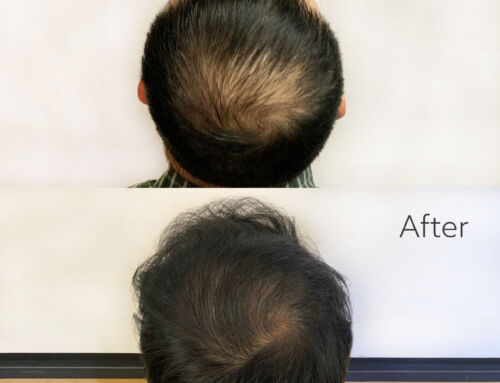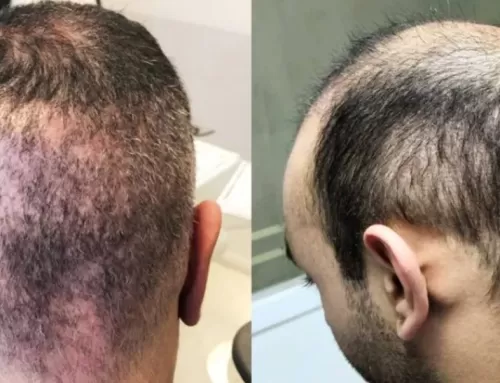Some amount of scarring is inevitable with any surgical hair loss treatment. Older methods, a change in hairstyle, or an inexperienced surgeon can lead to more extensive scarring. At New England Center for Hair Restoration, our doctors can perform hair transplant scar repairprocedures at our Boston, MAoffice. With their advanced techniques, they can heal and repair previous scarring so you can feel confident about your appearance again. To learn more about our scar repair techniques, contact our office today.
Causes of Hair Transplant Scars
Follicular Unit Transplantation (FUT) and Follicular Unit Extraction (FUE) are newer hair transplant methods. These methods generally result in little to no scarring, especially when performed by an experienced surgeon. With FUT, the scar is a single thin line and with FUE, there are several small, white, round scars. Both of these types of scars are easily concealed.
Unfortunately, scarring with hair transplant procedures is common and may require surgical repair to correct. Causes of scarring after a hair transplant surgery may include:
- The use of older techniques
- Improper execution of current techniques (FUT and FUE)
- Poor healing by the patient
- Choosing a shorter haircut to reveal scarring that was previously concealed
The scars may result from plugs, hair grafts, or a stretched or widened scar at the donor site. At New England Center for Hair Restoration, our doctors are meticulous with each hair transplant they perform to keep scarring to a minimum.
Techniques for Hair Transplant Scar Repair
Fortunately, there are steps we can take to repair these scars. The method we use to repair the scarring depends on the size and location of the scar, as well as if there are any donor hair reserves left to use. In addition to the below methods, we may use cortisone injections to smooth thick scars. For indented scars, we can use a dermal filler to raise them up. We may also use laser treatment to create a smoother surface.
Scar Excision
Scar excision, or revision, is one of the most effective scar repair techniques. This method changes the direction of scars. In some cases, this may mean excising the scars in the same manner as we would a donor strip with the FUT method. The end result is a single, precise scar.
Camouflage
When donor hair is still available, we can camouflage the site rather than creating a new scar. With this technique, we can transplant the donor hair directly onto the existing scar. This helps to conceal the existing scar.
Find Out How We Can Repair Your Scars
Scar repair is a highly customized treatment. Each patient has unique problems they need to address. We tailor all our treatments to meet each patient’s individual needs. Whether you decided to change your look and go with a shorter haircut or a previous surgeon did a poor job on your transplant, we can repair the damage. Contact New England Center for Hair Restoration today to schedule a consultation.






